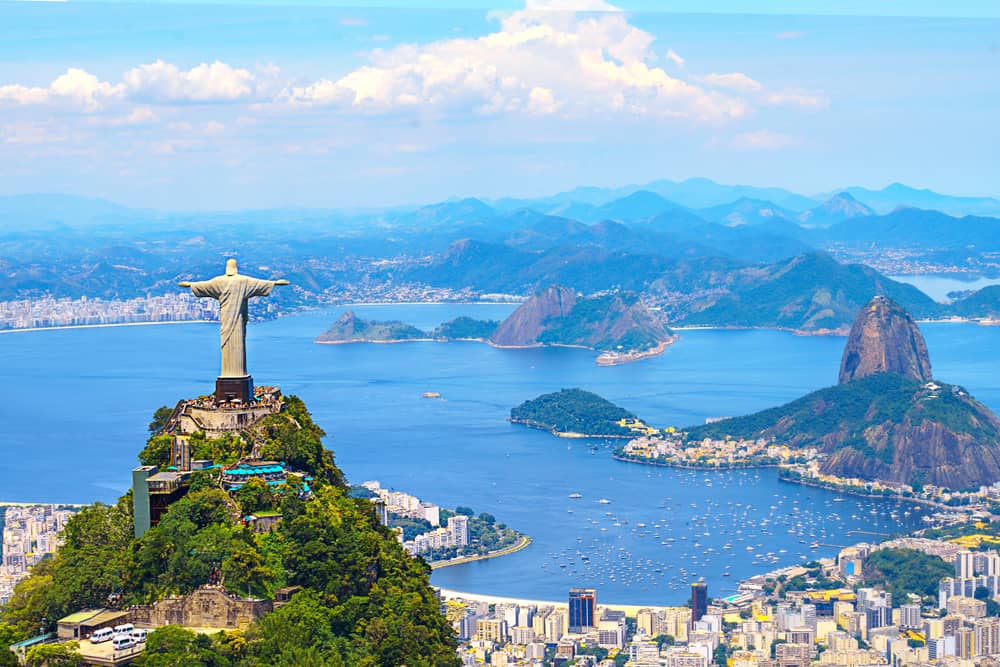Bloomberg Intelligence’s half-year equity scorecard pointed to a hopeful second half for Latin American equities amid an inflationary backdrop – but should investors optimise their geographic exposure further?
At the start of July, less than 20% of the MSCI All-World index was trading at below-average valuations, Bloomberg Intelligence noted, while Latin American equities remained comfortably below pre-pandemic levels, with the strong presence of materials and financial equities making them well-positioned for the ongoing cyclical trade.
As with any regional exposure, Latin America strategies win some ground over Brazil-specific ETFs by not being as exposed to one-country, unsystematic risks, such as political or monetary policy mishaps. On an even more basic level, the MSCI Emerging Markets Latin America index has 100 constituents, almost double the 53 of the MSCI Brazil index.
However, the advantages appear to end there. Over the past 15 years, MSCI’s Brazil index outperformed the MSCI EM Latin America benchmark by 5.2% and the MSCI EM Latin America 10/40 index by a modest 0.7%.
There has also been little to separate four of the products tracking the respective benchmarks for each exposure over the past two years, with less than five percent between the best and worst-performing ETFs, as at 13 August, according to data from ETFLogic.

Source: ETFLogic
Worth noting, though, is that while emerging market single country exposures are a growing and younger product class – and therefore often more expensive than less esoteric strategies – this is not the case with Brazil ETFs, which have a mean average total expense ratio (TER) of 0.52% versus Latin America ETFs with an average TER of 0.57%.
More concerning is that while both the Latin America benchmarks named above allocate nearly two-thirds of their weighting to Brazilian equities, their remaining allocations are often towards countries that have been losing investor favour for some time.
For instance, Mexico constitutes just under a quarter of both indices, yet the country’s role in the more generalised MSCI Emerging Markets index has dropped from 8% to 2% since the noughties. For those exposed to Mexican equities, such as Latin America investors, this will put downward pressure on valuations.
Argentina – which makes up around 2% of both Latin America indices – presents a more extreme scenario. The country’s equity valuations dropped in June after MSCI announced it had downgraded the country’s index by two levels on its four-step rating scale for foreign investment environments, from ‘emerging market’ status to ‘standalone markets’ due to restrictions on the flow of funds through the country.
Set to take effect in November, the change means Argentinian companies will be excluded from the MSCI Emerging Markets index which will exclude it from ETFs with pooled assets worth tens of billons of dollars.
Over the last 15 years, MSCI’s ACWI index has almost doubled the returns of its Latin America benchmark. The largest Brazil ETF – the iShares MSCI Brazil UCITS ETF (4BRZ) – has also gathered $491m assets, more than the $414m amassed by the iShares MSCI EM Latin America UCITS ETF (LTAM). It seems investors are opting for Brazil-specific plays as their preferred route for Latin America exposure.






